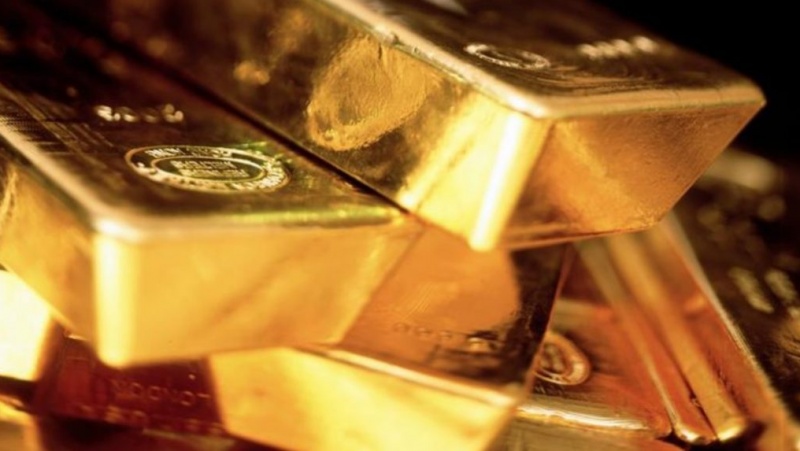Why Do We Need To Refine Gold
When Gold is first mined, whether it be placer or hard-rock, it naturally contains other elements. In its pure form, it is a highly sought after metal, with many natural properties that draw attention. Its conductivity, malleability, and shine give it many purposes such as jewelry, Coins, Bars, and much more. When it’s used for industrial purposes such as jewelry, pure gold must be mixed in with other metals to strengthen it. This in turn is another way that Gold is impurified. These other elements are impurities to this precious metal, therefore we must refine Gold to make it pure as possible.
How to Refine Gold
Large refineries such as the Royal Canadian Mint refine their gold using a 5 step process.
Pre-Melt
Prior to actually refining it, the impure gold is melted. Once molten, dip samples are taken to determine the purity of the metal.
Chlorination
Injected into the molten metals is Chlorine gas, which forces all metals but gold to float. Gold sinks to the bottom while the impurities form a slag of molten chloride. The gold that comes from this process is now 995 fine gold and is poured into an anode mould.
Degolding
Once the molten chloride slag has been recovered from chlorination, soda ash is added. This causes a reaction making gold particles settle at the bottom of the crucible in a silver-gold alloy “button”.
Electrolysis
Through this process, gold is brought to 9999 purity. The gold anode is placed in a solution of hydrochloric acid and gold chloride. An electric current is emitted, dissolving the anode while Gold plates onto a titanium cathode and impurities settle at the bottom.
Final pour
The resulting pure gold is then poured into bars, coins, and grain.
If you have any inquiries about refining gold, melting your gold jewelry, silver coins and houseware, or anything else, feel free to contact us today! Our team will be happy to assist you. Reach out to us via email, live chat, social media, or call us! +1 604 498 5001







